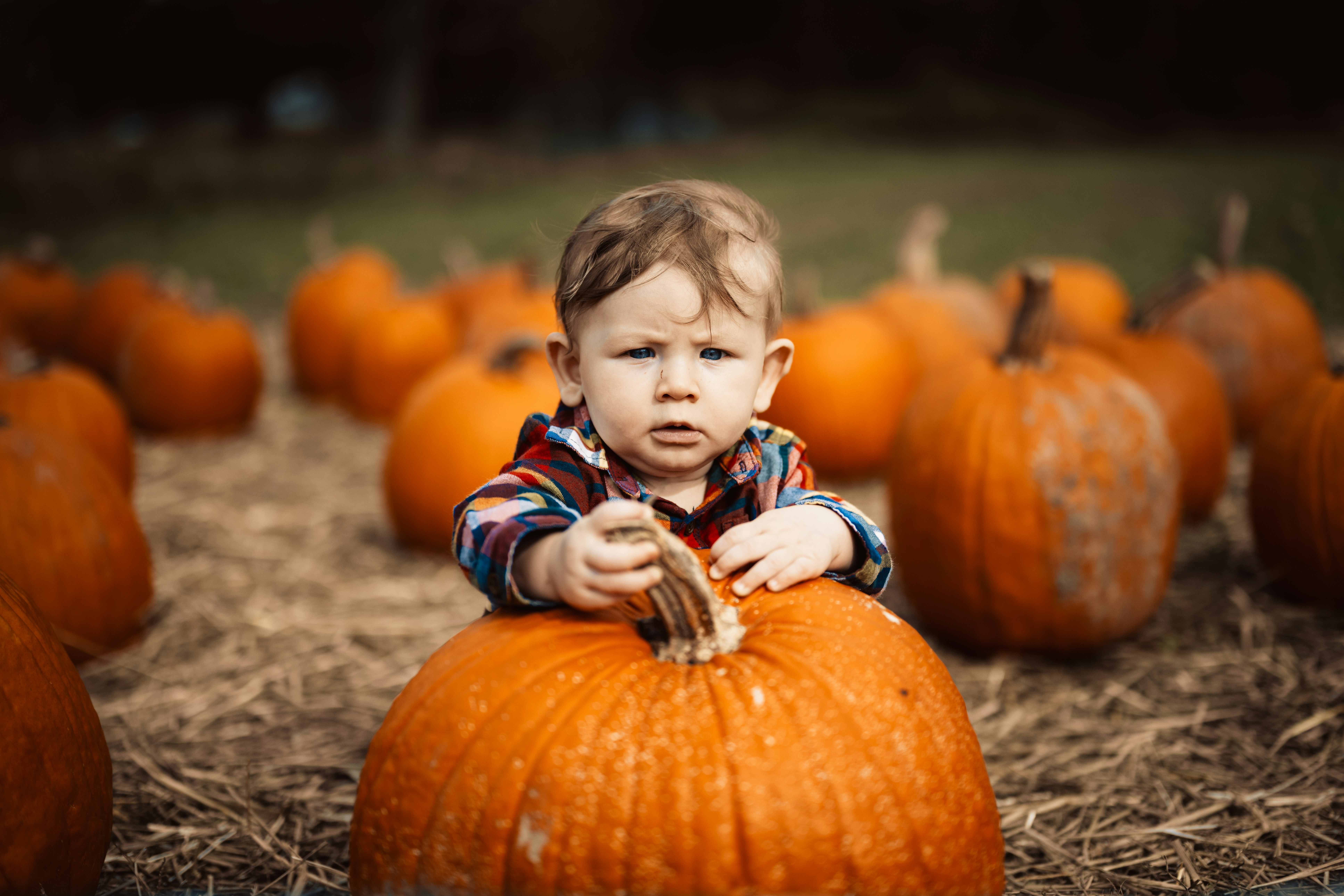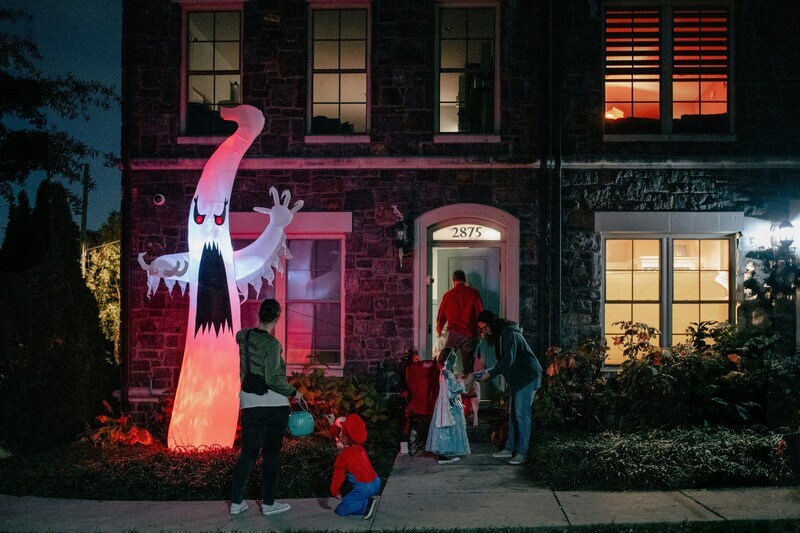Autism and Fall Break: How to Keep Routines Calm and Predictable

Fall break brings new energy to Arizona families. School pauses. Days feel different. That change can be exciting. It can also be stressful for children with autism who rely on predictable routines. The good news is that a little planning reduces surprises and gives your child clear steps to follow.
In this guide, we share practical strategies that help your child enjoy fall break, Halloween, and Thanksgiving. You will find visual tools, sensory supports, and small adjustments that make a big difference. If you would like personalized coaching, the Arizona Institute for Autism can help you build a calm plan that fits your family.
Quick win for today:
Print a one-page visual schedule for tomorrow. Add two or three anchor activities you know will happen. Review it with your child at bedtime and again in the morning.
Why breaks feel hard for autistic learners
School days are consistent. Fall break interrupts the pattern. When predictability goes down, anxiety often goes up. Common challenges include:
- Sudden routine changes that create uncertainty
- Sensory overload from crowds, lights, and loud events
- Social demands with unclear rules or expectations
- Fatigue from later bedtimes or travel days
A simple way to reintroduce predictability is to show the day in pictures. A First/Then board or a two to five step visual schedule tells your child what is happening now and what comes next.
Matching supports to triggers
| Likely trigger during fall break | What your child may feel | Simple support you can try |
|---|---|---|
| No school bell or bus | Uncertainty, restlessness | Mini schedule with 3–5 steps and timers |
| Costumes or masks | Itchy skin, face discomfort | Soft or tagless costumes, trial wear at home |
| Crowds and noise | Overload, shutdown | Noise-reducing headphones, short routes, breaks |
| New foods at gatherings | Refusal, worry | Bring familiar foods and a safe seat at the table |
| Unclear social rules | Confusion | Social story with photos of your street or family |
Build a calm fall-break routine
You do not need to recreate a full school day. Aim for a light structure that protects sleep and meals, then add predictable anchors.
-
Set your anchors
Keep regular wake time, meals, quiet time, and bedtime. Arizona days can still be warm in October, so plan outdoor play in the morning or evening. -
Create a mini schedule
Use pictures or simple words. Review the plan at breakfast and after lunch.Time Plan Visual idea Morning Chores, reading, park Icons for each task Midday Lunch, quiet time Plate icon, headphones icon Afternoon Craft or game, free play Scissors icon, blocks icon Evening Dinner, bath, story, bed Sequence cards in order -
Use First/Then for transitions
First homework page, then scooter ride. First put on shoes, then car. -
Balance input and rest
Follow a busy event with a quiet activity. Think of it as inhale and exhale for the nervous system.
Arizona family info:
Many schools here schedule fall break in October. Hydration and breathable fabrics help if your child wears a costume outside. Keep sunscreen and a hat in your go-bag.
Halloween strategies that reduce overload
Halloween can be fun when you plan for comfort, pick a calm route, and bring a few sensory supports. A little practice ahead of time goes a long way.
Costumes and comfort: Let your child wear the costume for short trials at home so it feels familiar. Snip itchy tags and add leggings or a soft base layer. If masks feel claustrophobic, try face paint instead.
Social story and practice: Create a quick photo story with your porch, your street, and a neighbor's door to show what to expect. Rehearse knocking, saying hello, and dropping candy into a bucket.
Choose the right route: Opt for one or two quiet blocks instead of a crowded event. Go early, enjoy a few houses, then head home for a movie or an indoor candy hunt.
Sensory supports: Pack headphones, a small fidget, and a water bottle. Use a simple First/Then card at each stop—first walk to the door, then ring the bell.
Food rules with clarity: Bring safe snacks if candy is restricted or needs checking. When you're home, sort treats together into a “yes today” bowl and a “later” bowl.

Thanksgiving without pressure
Big gatherings change the usual sensory mix, so lower demands and offer more choices. A little structure can help everyone relax.
Prepare the day: Share a simple picture schedule that shows travel, greetings, the meal, and break times. Point out where the quiet room will be before things get busy.
Protect regulation: Set up a calm spot with a blanket, books, and headphones. Offer a break card your child can hand you when the room gets loud.
Food and table expectations: Bring familiar foods so there's a safe plate on the table—that alone can reduce anxiety and boost participation. Let your child choose a preferred seat and keep table time short, praising small steps.
Coach your support circle: Tell family how to greet your child—try “Hi! Want a wave or a fist bump?”—and share any dietary or sensory needs before the visit. Clear guidance helps everyone be supportive from the start.
Caregiver tip:
Progress is progress. If your child sat at the table for three minutes this year, celebrate it. Try for four next time.
Sensory-friendly outings for fall break
Aim for one planned outing every other day. Examples include:
- Nature walk on a quiet trail in the morning
- Library visit during low-traffic hours
- Children’s museum during sensory friendly times if available
- Backyard scavenger hunt with five items and a picture list

Pack a regulation go-bag
- Headphones, sunglasses, chewy or crunchy snack
- Water bottle, small fidget, wet wipes
- Visual schedule or First/Then cards
- Lightweight blanket for floor breaks
When plans change
Even with a plan, surprises happen. Use calm scripts and keep choices simple.
- “You are safe. We will take a break. Then we will choose what to do next.”
- Offer two options. “Quiet room or headphones.”
- Reduce language during overload. Model deep breaths.
- After recovery, update the visual plan together.
Work with your ABA team
Your Board Certified Behavior Analyst can help you:
- Break down holiday tasks into teachable steps
- Create social stories with your photos
- Select sensory supports that match your child
- Practice greetings, waiting, and flexible thinking
Conclusion & Next Steps
Fall break and the holidays don’t have to derail progress or well-being. With a combination of visual schedules, sensory supports, ABA-informed strategies, and clear communication, you can create a calm, predictable experience for your child with autism. Start by introducing one new tool at a time. Build confidence, celebrate successes, and adjust as needed.
Ready to deepen your ABA toolkit? Schedule a free consultation with the Arizona Institute for Autism to develop personalized strategies and support your family through every season.
Fall Break Tips for Children with Autism
How do I keep structure without a full school schedule?
Pick four to six anchors that will not move. Wake time, meals, quiet time, and bedtime are the most powerful. Add two small activities per block and show them with pictures.
What if my child refuses a costume?
Costume comfort comes first. Try themed pajamas or a favorite T-shirt with a small accessory. Join one or two friendly doorsteps and end on a success.
How do I reduce sensory overload during trick-or-treating?
Go early, choose a short and quiet route, and pack headphones. Use First/Then cards for each step. Take frequent breaks and finish before your child is exhausted.
My family does not understand our child’s needs. What should I say?
Send a short note before the visit. Include how to greet your child, what foods are safe, and that breaks help participation. Offer one positive way relatives can connect.
What if the meal is very different from what my child eats?
Bring a familiar plate. Allow a small taste of a new food if your child is ready. Celebrate sitting at the table and using polite language. Pressure is not required.
What should I put in a sensory go-bag for the holidays?
Noise-reducing headphones, a small fidget, sunglasses, chewy or crunchy snacks, water, wipes, and visual supports. Add one comfort item that always helps your child regulate.



